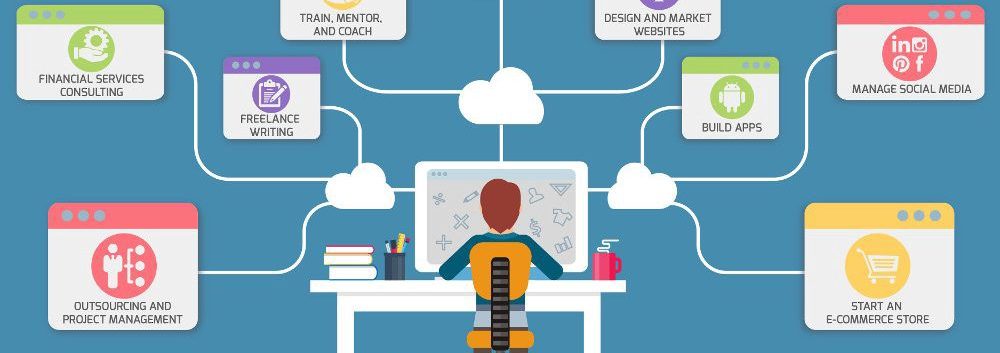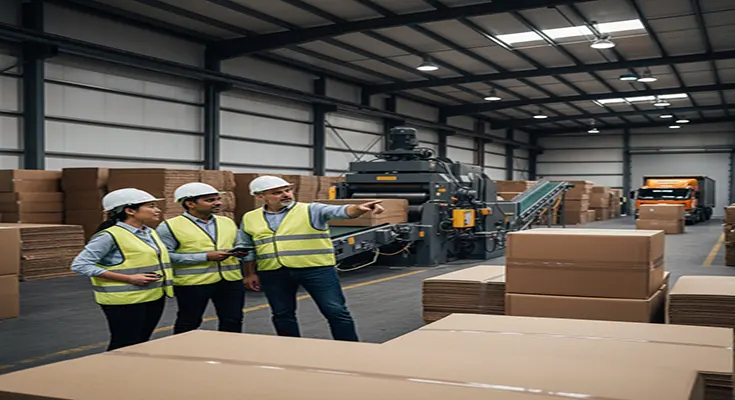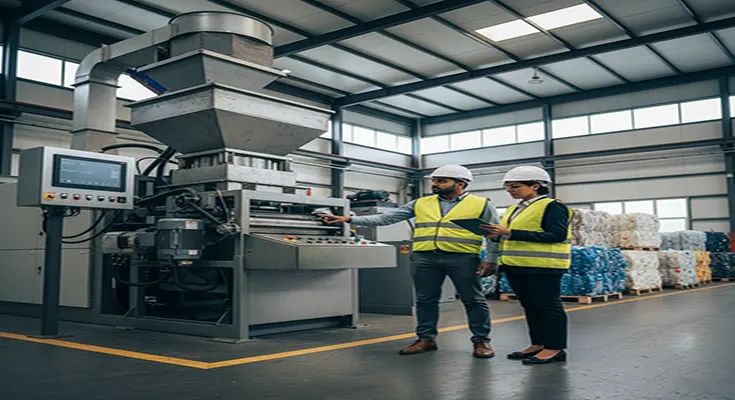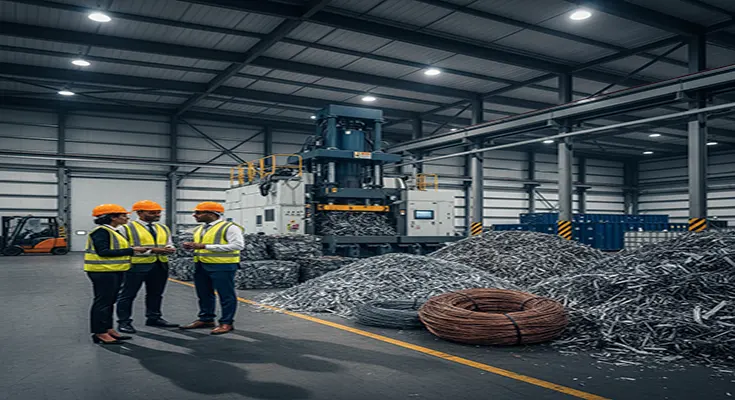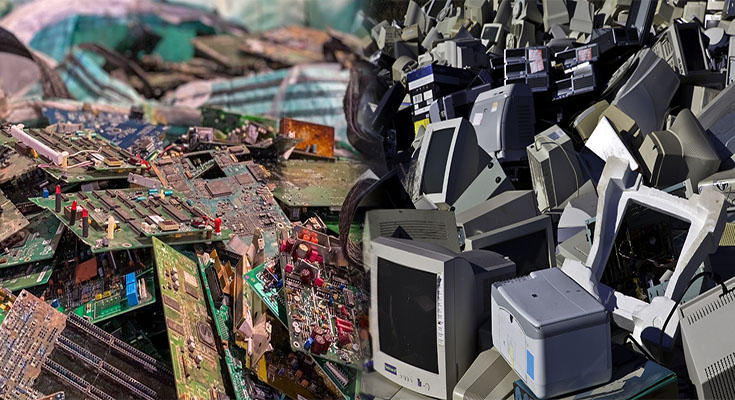
The Green Blueprint: Essential Components of an Environmental Impact Report for a C&D Waste Recycling Facility
The establishment of a Construction and Demolition (C&D) waste recycling facility is a critical step towards achieving a circular economy and reducing the enormous environmental burden of landfilling C&D debris, which globally accounts for a significant percentage of total solid waste. However, even a project with inherently positive goals must undergo rigorous environmental scrutiny.
To obtain the necessary permitting and ensure long-term viability, a comprehensive Environmental Impact Report (EIR) for opening a construction and demolition waste recycling facility is mandatory. This report serves as the ‘Green Blueprint,’ systematically analyzing the project’s potential environmental and socio-economic effects and outlining mitigation measures.
Key Sections of the C&D Recycling Facility EIR
An effective EIR must address all potential impacts from the facility’s construction, operation, and eventual closure. The following components are essential:
1. Project Description and Site Analysis
This section establishes the context and scale of the operation.
- Facility Design and Capacity: Detailed

